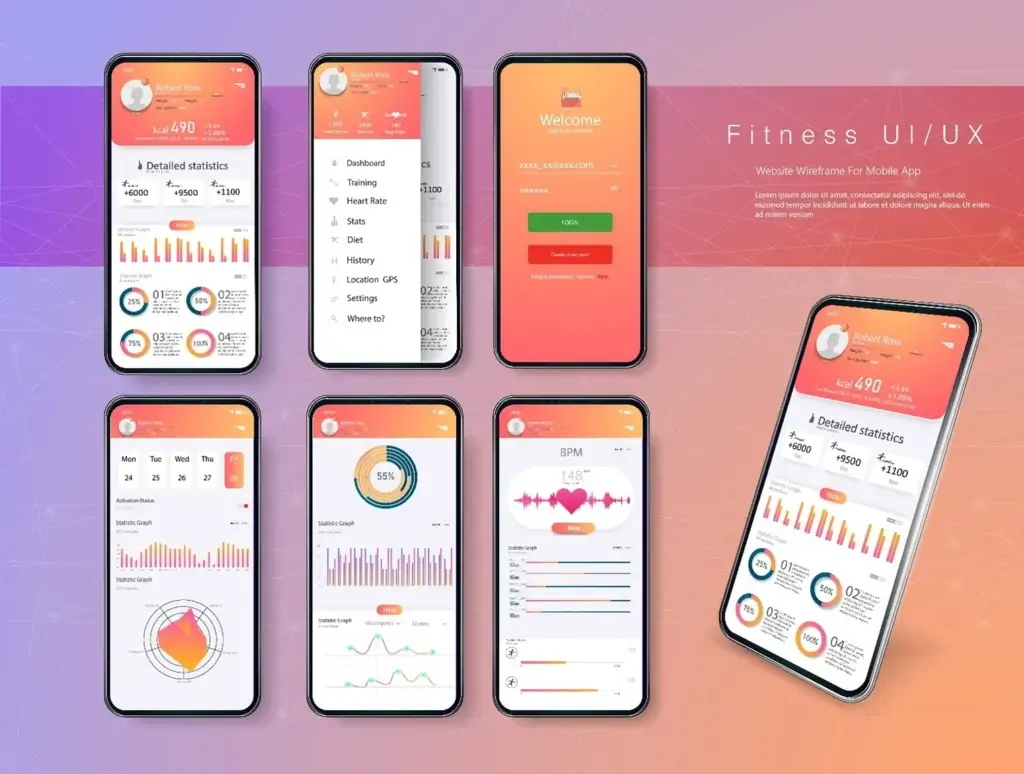
Mobile app performance is critical to the success of any mobile application. As user expectations continue to rise, it’s essential to stay on top of the latest trends and best practices to deliver a seamless and optimal user experience. In this article, we’ll explore some of the top mobile app performance trends of the moment.
The Rise of Progressive Web Apps (PWAs)
Progressive Web Apps (PWAs) have gained significant traction in recent years, and their popularity is only expected to grow. PWAs provide the functionality of a native app but are built using web technologies, making them faster to load and more accessible. As more users adopt PWAs, developers need to ensure that they optimise performance to provide a seamless user experience.
Increased focus on app speed
App speed is critical to delivering a great user experience. Users expect apps to load quickly and respond immediately to their interactions. As a result, developers are placing an increased focus on app speed, using techniques such as lazy loading, caching, and pre-fetching to improve performance.
Machine learning and AI for app performance optimisation
Machine learning and AI are increasingly being used to optimize mobile app performance. These technologies can analyse user behaviour and app usage patterns to provide personalized app experiences that are faster and more efficient. With machine learning and AI, developers can optimize app performance and deliver a better user experience.
The importance of real-time monitoring
Real-time monitoring is becoming increasingly important in mobile app performance testing. By monitoring app performance in real-time, developers can identify performance issues quickly and address them before they affect users. Real-time monitoring can also provide valuable insights into user behaviour, which can be used to optimise app performance and improve the user experience.
Continued emphasis on app security
App security remains a top priority for developers and users alike. Poor app security can result in data breaches, which can harm users and damage a brand’s reputation. As a result, developers are placing a continued emphasis on app security, using techniques such as encryption, secure authentication, and data protection to ensure that their apps are secure and protected.
The Ever-Evolving Landscape of Mobile App Performance
Mobile app performance is a critical component of a successful mobile app. By staying on top of the latest trends and best practices, developers can optimize app performance and deliver a seamless user experience. From the rise of PWAs to the increased focus on app speed and the use of machine learning and AI, these trends are shaping the mobile app landscape and will continue to do so in the years to come. For those seeking to enhance their business, the Upplex Blog is a valuable resource offering a plethora of technology tips and information. Keep a lookout for our upcoming articles on effective campaign promotion, designed to assist you in achieving greater success.




